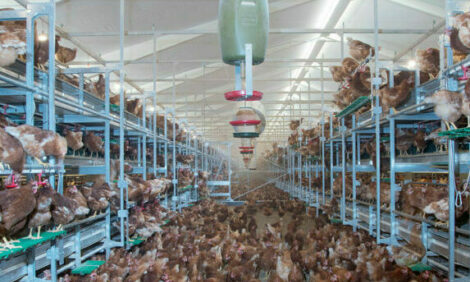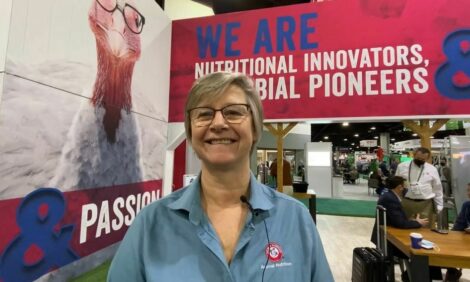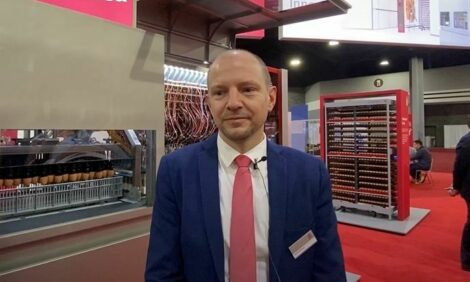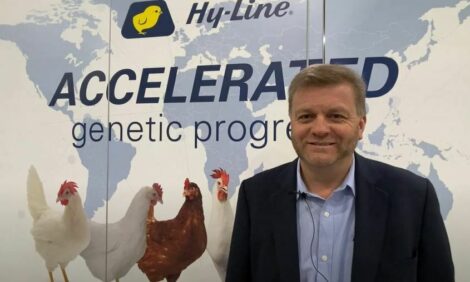



IPPE: Systematic control of Salmonella to improve public health
Salmonella is an indicator of biosecurity quality of the production chainPart of Series:
< Previous Article in Series Next Article in Series >
“The importance of controlling Salmonella for public health lies in three aspects: human, social and occupational," said Dr. Simone Machado, Universidade Federal Fluminense Brasil, speaking at the Latin American Poultry Summit (La Cumbre Avícola Latinoamericana) that was held in conjuction with the 20022 International Production and Processing Exhibition (IPPE).
Prevention and control are measures which should be based in good practices and on the danger and risk Salmonella covers. The human population, due to age, low immune systems, sickness, costs and culture, is at a higher risk if they eat raw or not fully cooked chicken. The more important elements of Salmonella are the virulence of the agent, the resistance the variants create and the level of contamination, which are very complex problems.
For the public health, it must be also considered throughout the entire value chain of production. It is a responsibility the farmers have with consumers.
She mentioned she would not talk about eradication but about prevention and control. Salmonella arrives to the slaughterhouse in the cargo the truck brings.
Among the strategies to be able to control, Machado talked about the integrated management of the production chain. Among the places to prevent contamination are:
- The feed mill where feed is prepared
- The parent houses
- The incubators
- The chicken farms
- Trucks and logistics related to transportation
- The slaughterhouse
The chain of production must be mapped from beginning to end to understand the level of contamination, rate of infection in the lot, the cumulative effect, risk during transport, and mainly, interpretation of all the results and the curve of tendencies.
Among the suggested actions to prevent and control Salmonella, she said it is good to have a multidisciplinary active team/group specifically for Salmonella. This team should review and revise ag processes regarding hens, chickens, and feed and also it is good to educate about Salmonella at every level with technical trainings in the units regarding different areas and points of contamination.
Dr. Machado said Salmonella can be found in the bed or in the carcass of the chicken. To avoid it, there should be a good interval time between lots in the chicken houses, good clean installations, water quality must be constantly checked, and validated biocides must be used. Positive animals must be properly culled.
“Salmonella is an indicator of efficiency and quality of the programs of biosecurity quality of the production chain,” concluded Machado.















